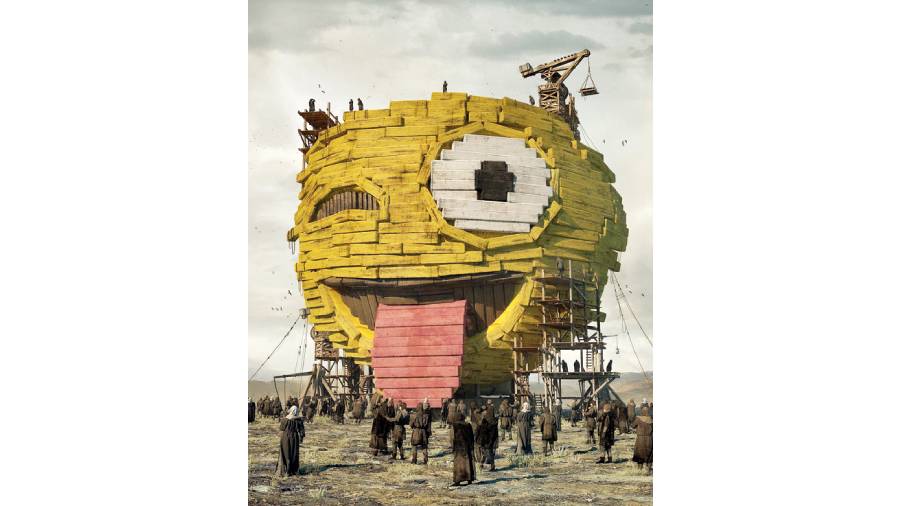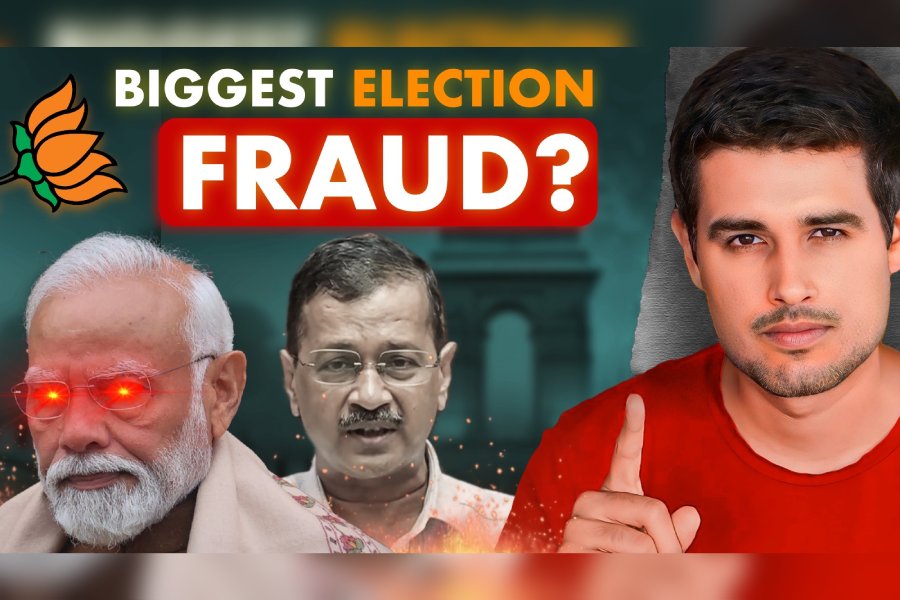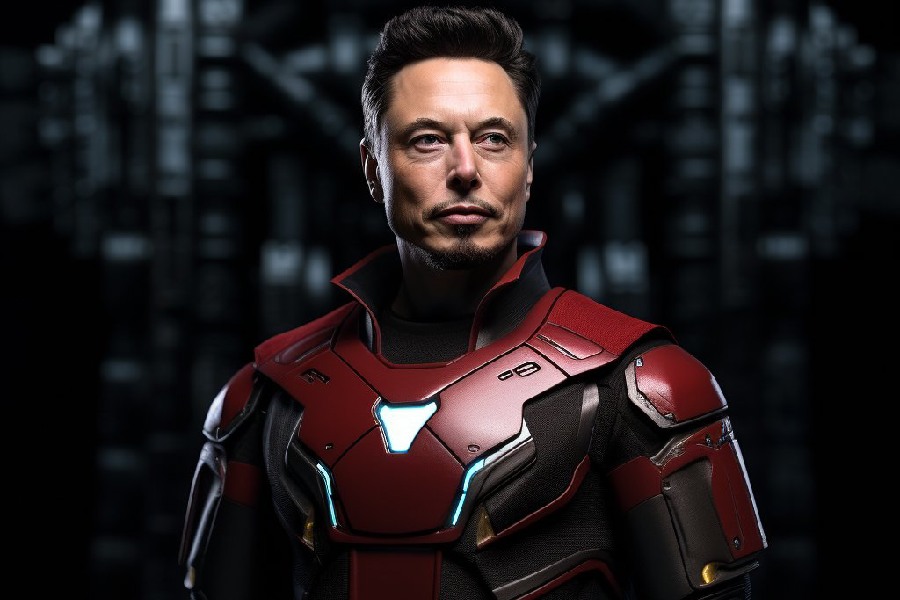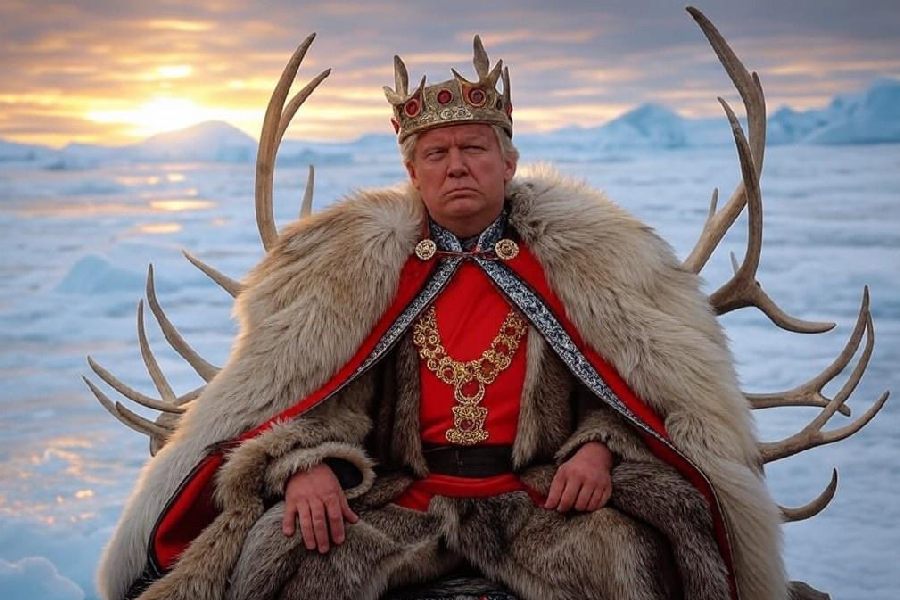NFT. It’s the latest craze, buzzword, mood, flavour… whatever you call it… of the tech world. It’s interesting but, like any other thing, it comes with a set of drawbacks.
In December 2020, an artist who goes by the name Beeple, made it to the news for setting a new record for the most valuable artwork auctioned on Nifty Gateway, which is a marketplace for limited edition digital items. He ended up selling multiple editions of three digital artworks for a total of $3.5 million.
The world at large woke up to the concept of NFTs or Non-Fungible Tokens. Yup, it sounds weird but that’s what it is. Beeple has been creating a drawing every single day for the last 13 years. According to reports, he started with pen and paper but now mostly uses computer software like Cinema 4D. In case we have piqued your curiosity, Beeple is Mike Winkelmann, who first posted a new work of art online on May 1, 2007 and then one the next day, and then the day after. He posted a picture every day for 13-and-a-half years. Those pieces have been brought together as the unique work, ‘Everydays: The First 5000 Days’.
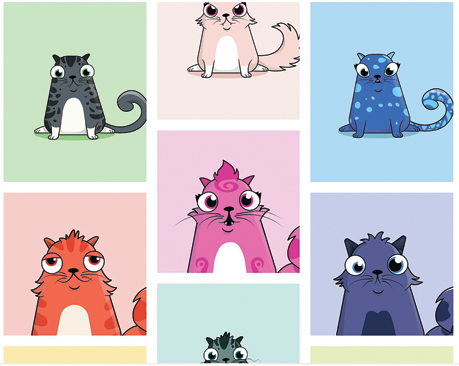
CryptoKitties, an offering from Dapper Labs Sourced by the correspondent
Understanding NFTs
To understand Beeple and artists who are on a similar path, let’s dive into how NFTs work. The technology allows buyers to purchase ownership of a digital image, animation or video through a unique digital token living on a blockchain.
So what an owner gets is a cryptographic token that represents something unique, and has an individual characteristic that sets it apart.
But it’s different from a bitcoin. If two individuals hold a bitcoin, these can be exchanged and have the same value. NFTs, however, are not interchangeable. Every token is unique and they point to digital pieces of art. Bitcoins too are digital assets but NFTs are unique digital assets.
“As a mechanism, NFTs make it possible to assign value to digital art, which opens the door to a sea of possibility for a medium that is unbridled by physical limitations,” Noah Davis, a specialist in postwar and contemporary art at Christie’s, has told Wired.
Still perplexed? Currencies and cryptocurrencies are by nature made up of fungible. In other words, they are interchangeable units. Say, I have two bitcoins and you have two bitcoins. The worth of the two bitcoins are the same. Currency and cryptocurrency units are fractionable. So dollars can be broken into cents and bitcoins to particles called satoshis.
NFTs are unique and indivisible. You can’t sell part of an NFT, like you can’t sell a part of a sculpture.
My neighbour and I can both go online and look at the same artwork or poster, which are sold in museums. But the value lies in the ownership. With NFTs, you have ownership and you also have ownership on the blockchain, plus you have ownership that is “transparent for everyone to see”. Everyone can download a high-res picture of an expensive painting. Everyone can view a famous painting on Instagram. But it’s ownership that creates value.
Let’s talk art (and music)
In December 2017, cartoon cats (CryptoKitties), created by Canadian company Dapper Labs, debuted as tradable collectibles, like Pokemon cards for the bitcoin era. Each of the image had as association a unique string of digits or NFT and it could be traded on the Ethereum blockchain platform. Basically a title deed could be granted to the holder of a particular artwork. Tech enthusiasts lost interest as cryptocurrency prices fell in 2018. But it didn’t stop Dapper Labs from building its network (Flow) to handle transactions.
The musician and artist Grimes, who is also Elon Musk’s girlfriend, recently sold a collection of digital artworks for almost $6 million. It contains images, film clips, animations and even poems.
Altogether, 10 artworks — produced in collaboration with Grimes’s brother Mac Boucher — were sold at an auction. Two of the works (short video pieces called Earth and Mars) were made available as large editions at a fixed price of $7,500, and each sold about 300 copies in the 48 hours they were on sale.
Others (including a video piece called Death of the Old) were sold as one-offs to the highest bidder, with the price nearing $400,000 after four buyers engaged in a bidding war.
Art that’s getting the NFT treatment may not suit all tastes. We have seen digital works involving pink cats, Homer Simpson drawings and also green frogs. NBA Top Shot, an NFT platform based on the US basketball league, lets users buy and sell short clips showing match highlights from star players. Also riding the tide is French start-up Sorare that lets users collect and play officially-licensed soccer cards in fantasy games.
Digital tokens have been given for a clip of LeBron James blocking a shot in a Lakers basketball game (went for $100,000) and actress Lindsay Lohan sold an image of her face (for over $17,000).
Now it’s moving beyond art. Kings of Leon are supposed to release their new album — When You See Yourself — in the form of a non-fungible token. They will become the first band to do this. According to Rolling Stone, there will be three types of tokens — one will involve a special album package, the second offers live show perks like front-row seats for life and the third is for exclusive audiovisual art. The album will, of course, also be released on streaming services but the NFT version will be available on YellowHeart and come with special perks. Recently, Shawn Mendes launched a line of digital goods in the form of NFTs. He partnered with Genies, a company that makes 2D avatars, to design virtual versions of some of his most identifiable accessories, like his signature Fender guitar.
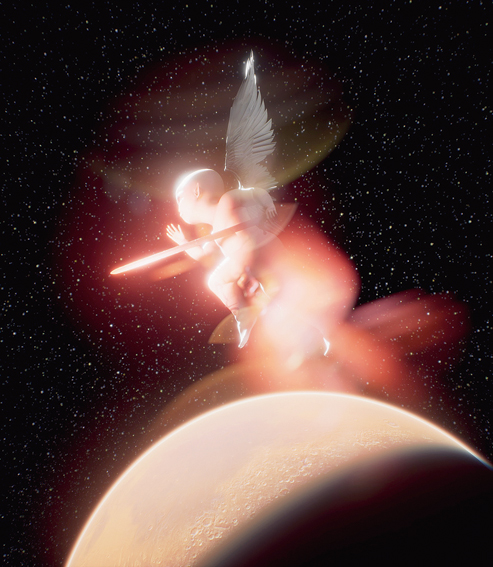
Grimes’ work as part of her WarNymph collection. Picture: Nifty Gateway
Not everyone’s sold on the idea
Much of the investments that are happening are speculative, with investors hoping that prices will continue to climb. Some critics think it’s another fad and will soon be forgotten. Some of the prices being paid are beyond one’s grasp and it will, at some point, hit a bump.
Online actions also bring up the question of fake accounts being created to artificially increase the price of an NFT. It happens in the “traditional” method also but things get complicated because people are participating in the auction with anonymous cryptocurrency.
Frankly, it’s a tech for people with money to burn. For many, NFTs may not look like the future of art trading while physical art will retain an edge in the long run. Then there are youngsters who are constantly creating 3D art. For them it could be an area to explore. Perhaps NFTs are born from the need to look at alternatives at a time when museums and galleries continue to suffer pandemic-induced closures. But for most NFTs will just leave them confused and feeling old.

